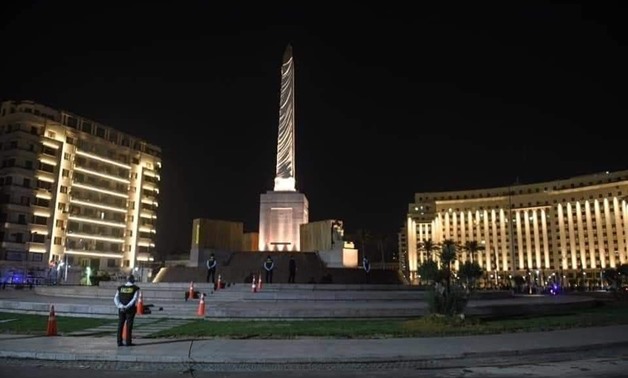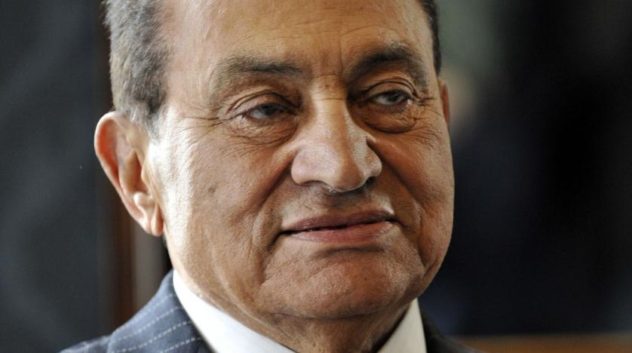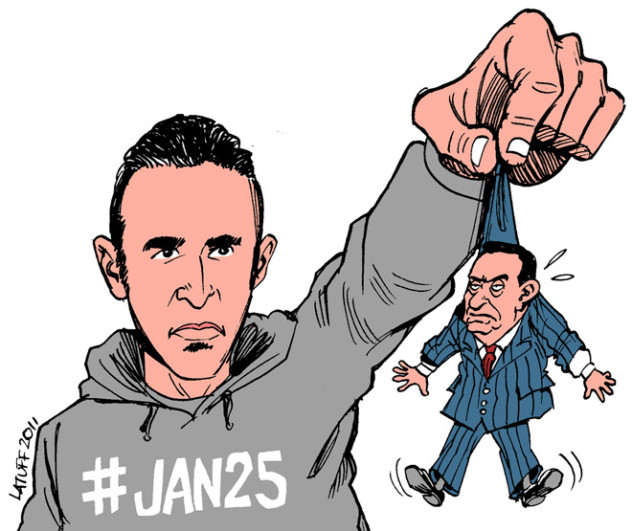From Tahrir with Love
Today will mark the 10th anniversary of the Egyptian revolution sparked in Tunisia a few days earlier. No public place symbolized this revolution like Tahrir Square. Where , 18 glorious days of protest toppled 30 years of dictatorship. Tahrir Square where everyone was welcomed, and everyone felt safe empowered. “We can breathe fresh air, we can feel our freedom,” explained an activist. “After 30 years of absence from the world, Egypt is back.” He added The chanting “Bread, Freedom and Social Justice” filled the Square.
 Now the charming Tahrir Square is unrecognizable, became more militaristic and Pharaonic. The grass and trees were replaced by concrete and tar. The elegant fountain, which was the centerpiece of old Tahrir Square now replaced by an ancient obelisk moved from Karnak Temple; they had repainted grand buildings surrounding the Square in yellow khaki. Lots of fancy lights and granite steps randomly everywhere. Security guards roamed around, ignored by driving cars and pedestrians.
Now the charming Tahrir Square is unrecognizable, became more militaristic and Pharaonic. The grass and trees were replaced by concrete and tar. The elegant fountain, which was the centerpiece of old Tahrir Square now replaced by an ancient obelisk moved from Karnak Temple; they had repainted grand buildings surrounding the Square in yellow khaki. Lots of fancy lights and granite steps randomly everywhere. Security guards roamed around, ignored by driving cars and pedestrians.



 Like all Egyptian military dictators before him, Mubarak came from a humble background join the military academy, then climb the political pyramid to dictatorship. He was born in a village in Monufiya called Kafr al-Meselha, on May 4, 1928. His father, Ibrahim Mubarak, was a courthouse janitor and his mother, Naeema, was a traditional woman, an illiterate housewife.
Like all Egyptian military dictators before him, Mubarak came from a humble background join the military academy, then climb the political pyramid to dictatorship. He was born in a village in Monufiya called Kafr al-Meselha, on May 4, 1928. His father, Ibrahim Mubarak, was a courthouse janitor and his mother, Naeema, was a traditional woman, an illiterate housewife.